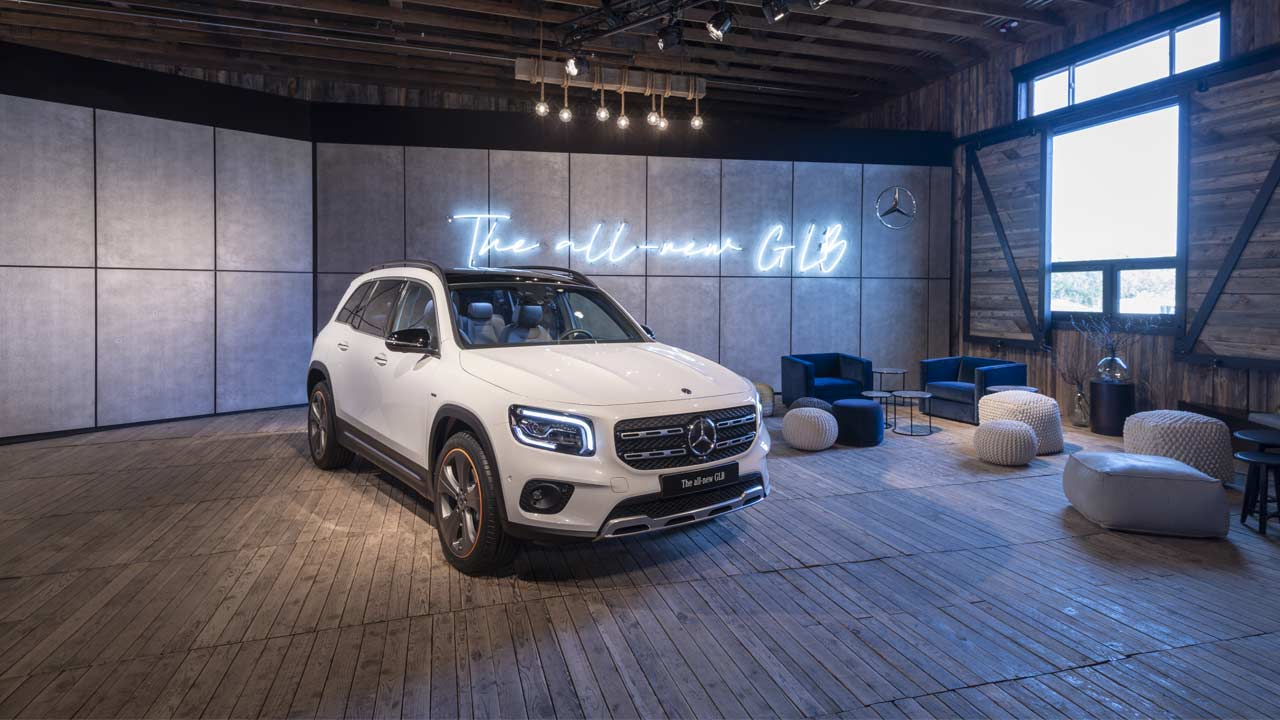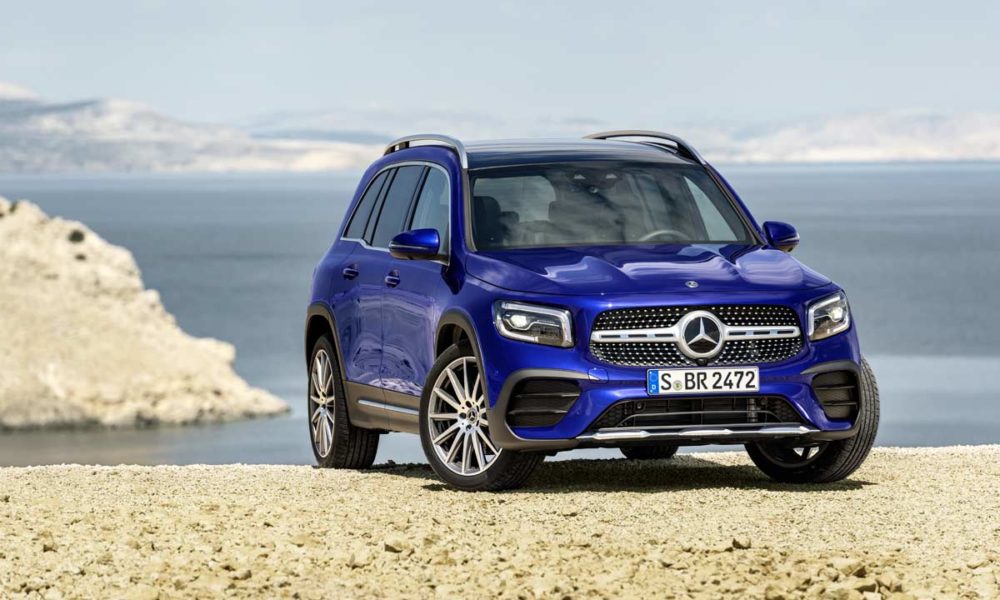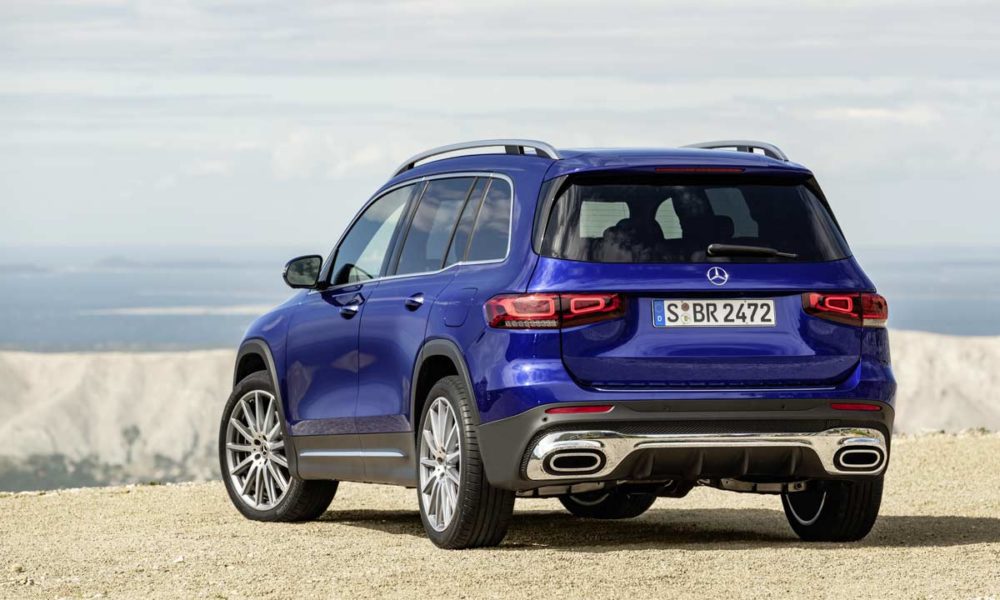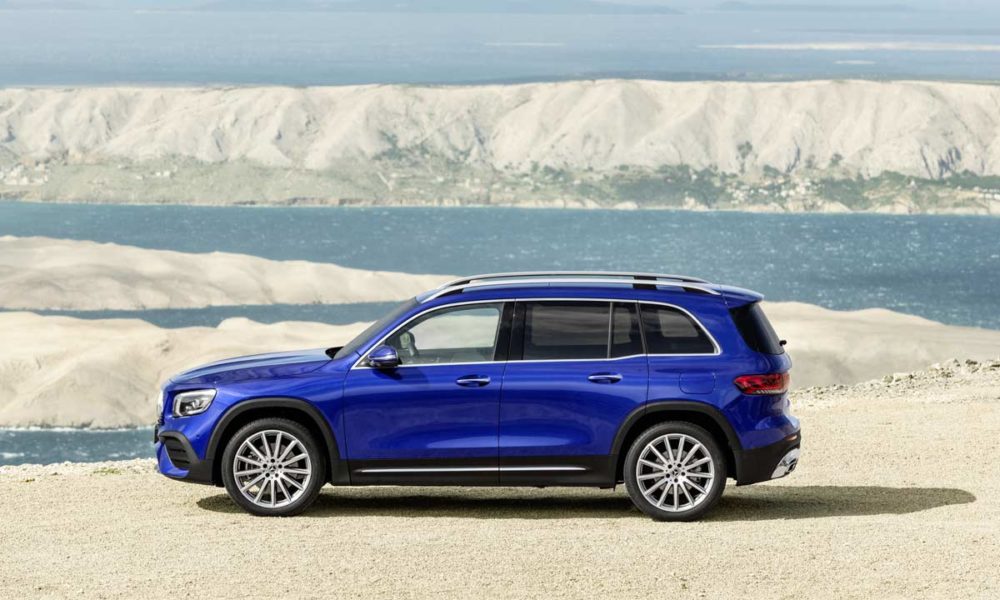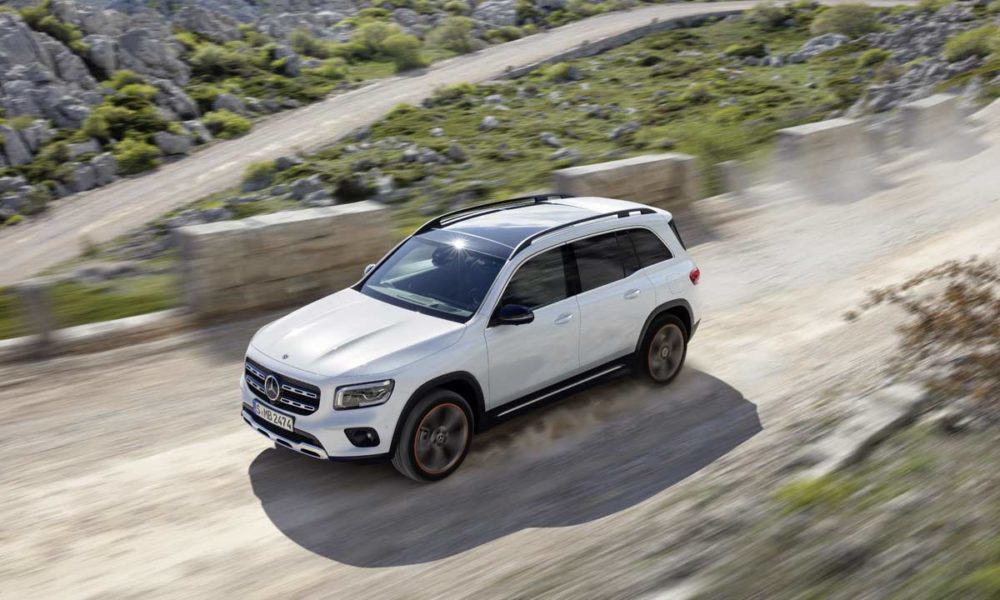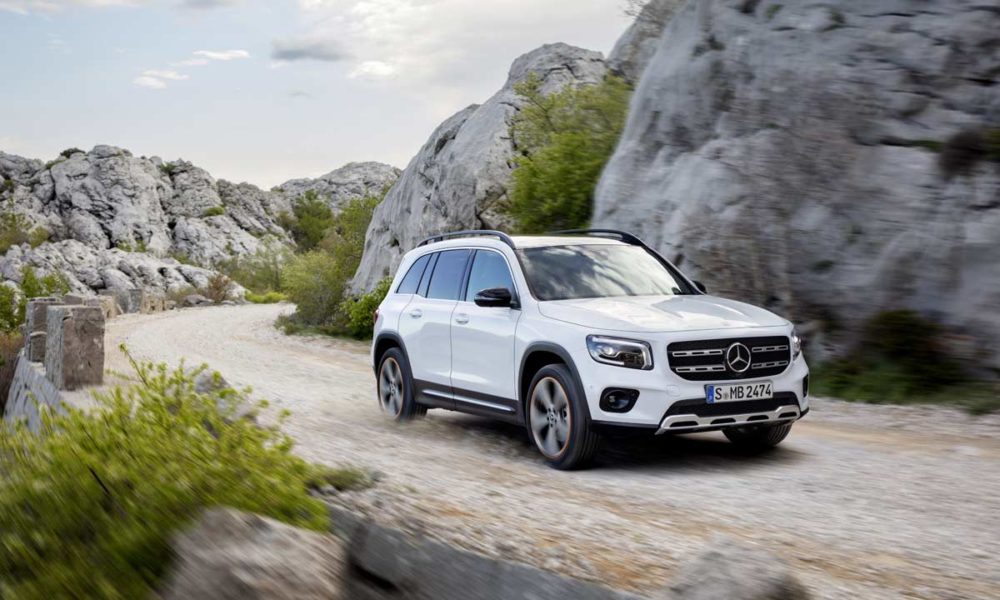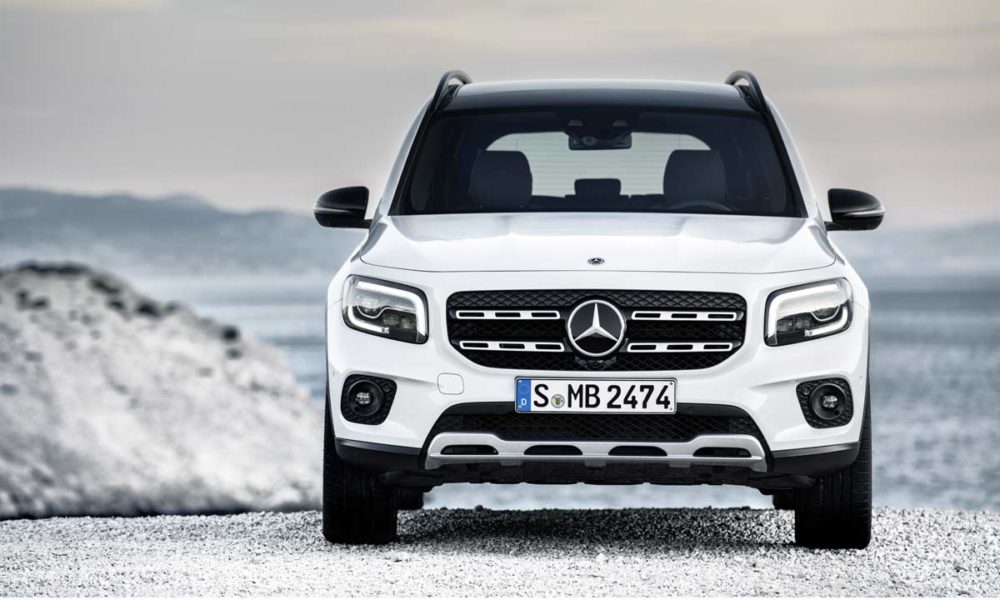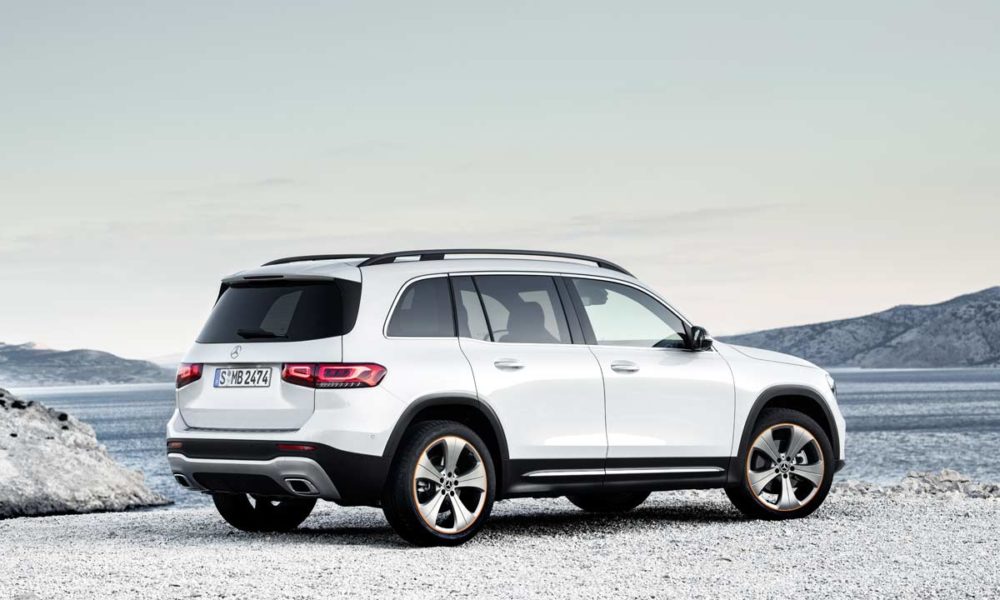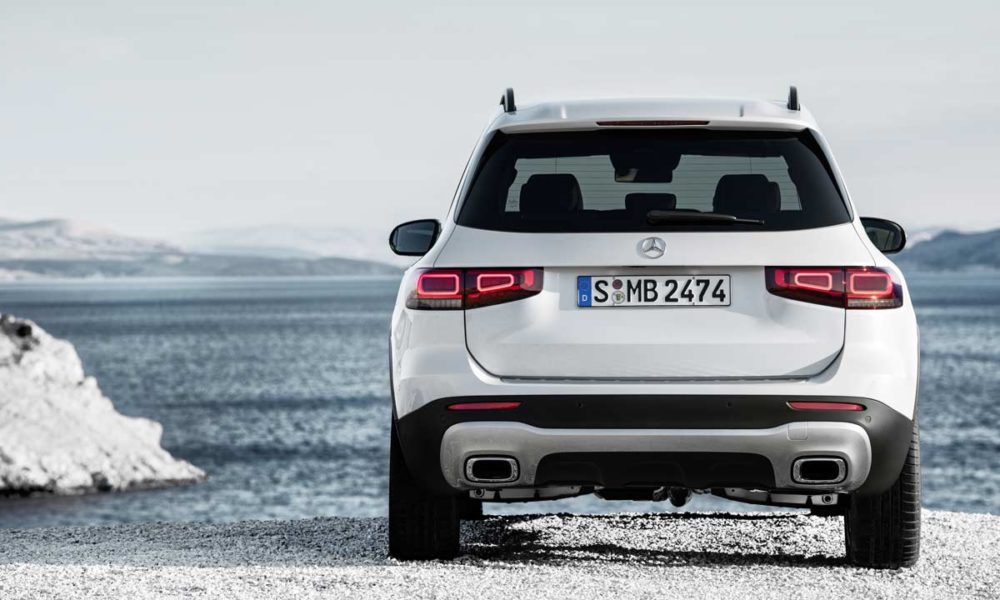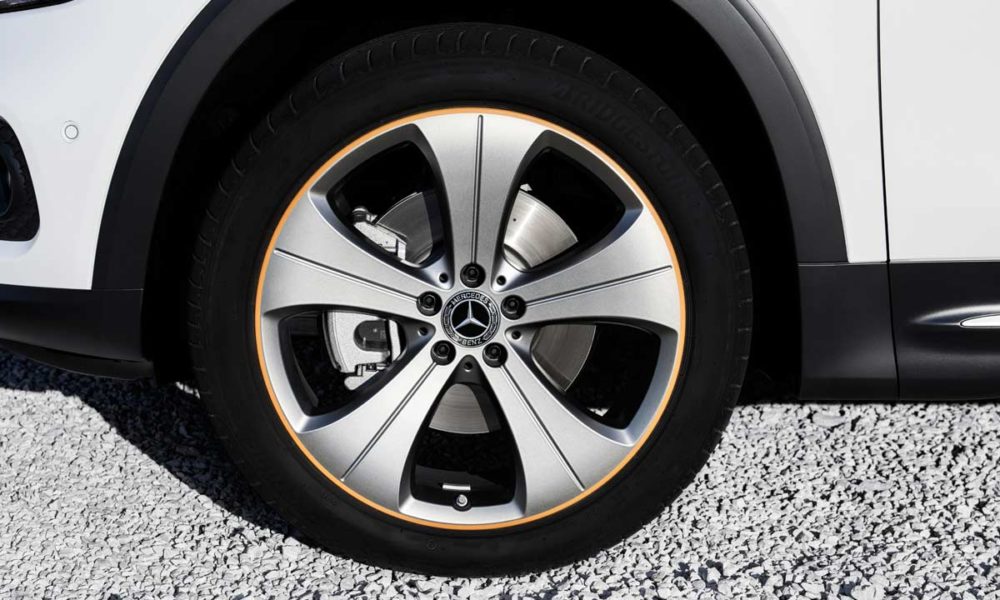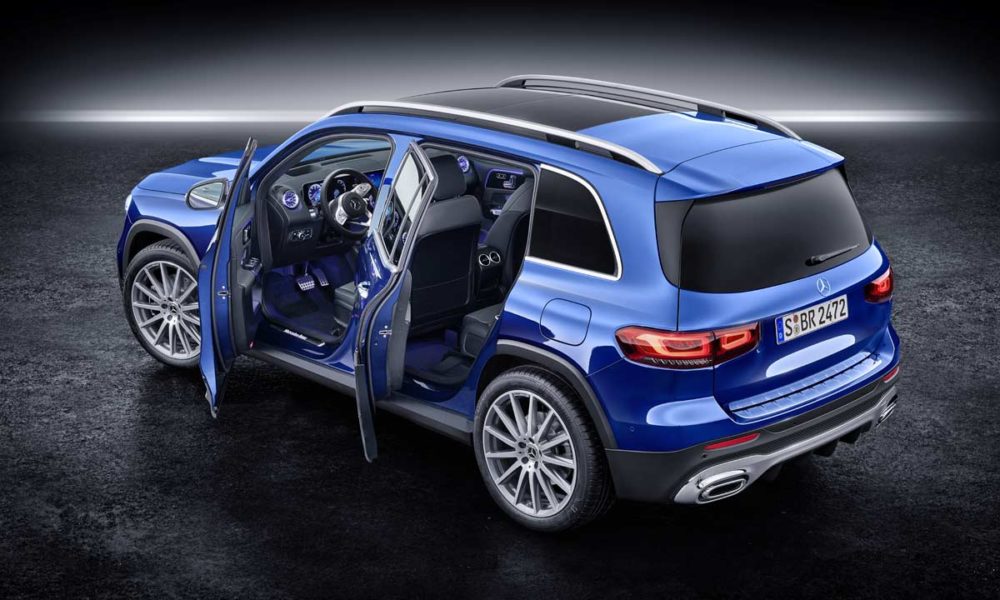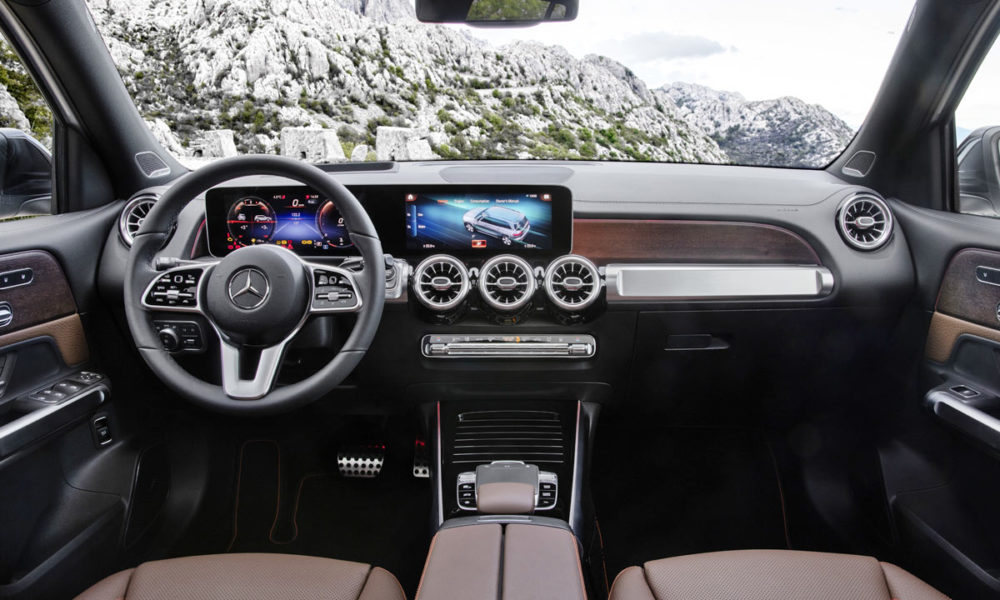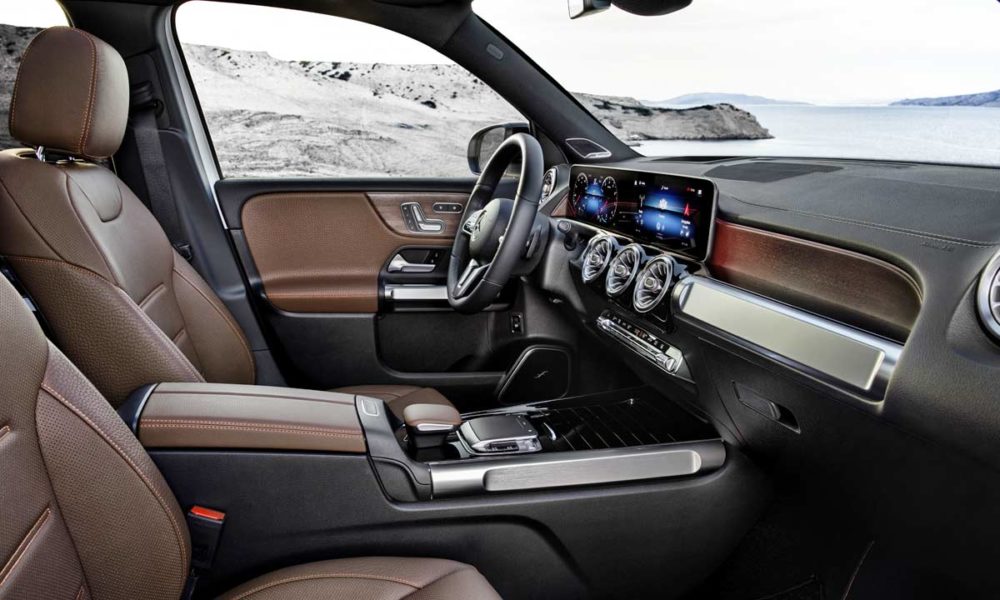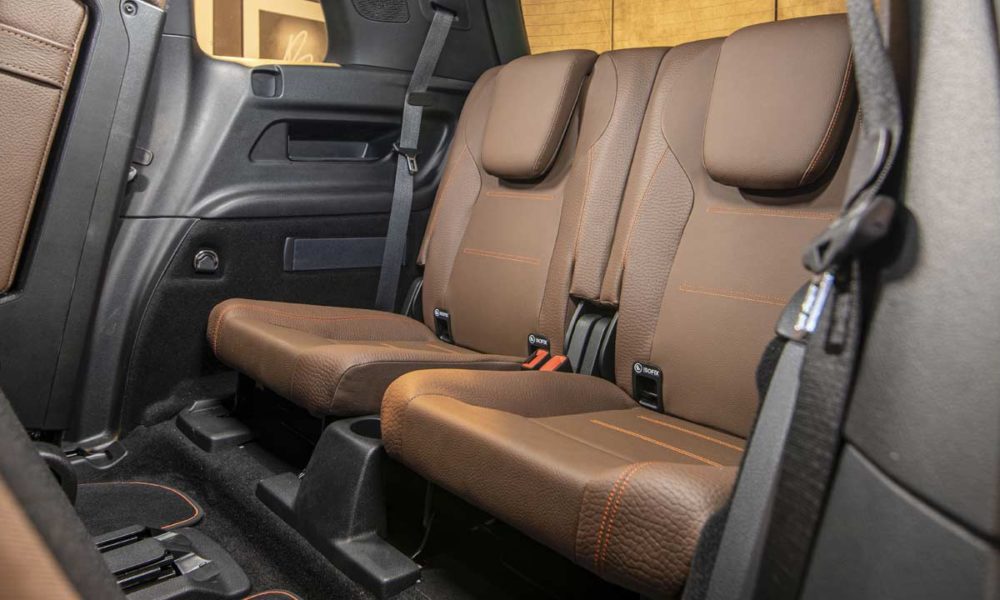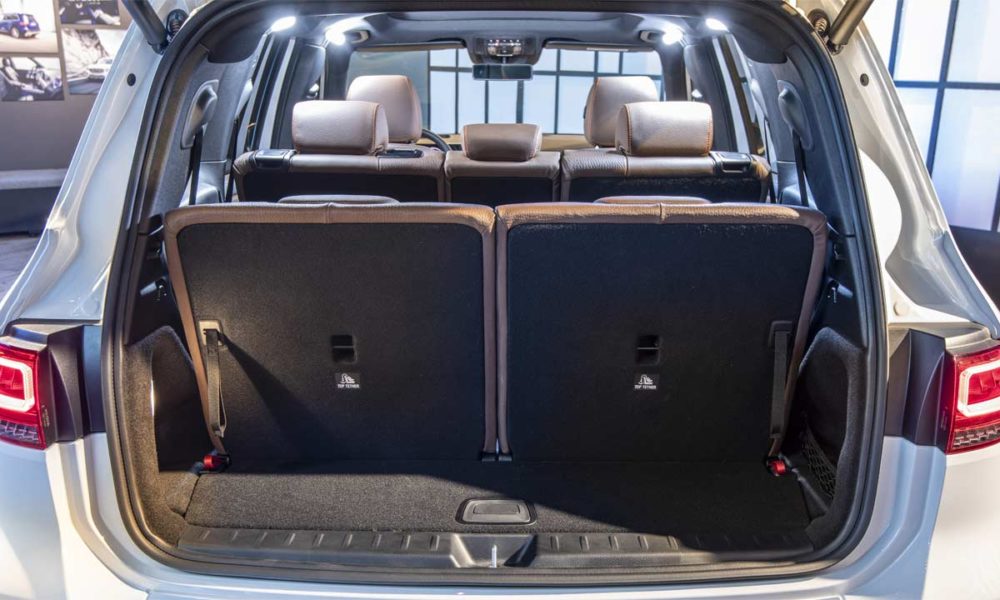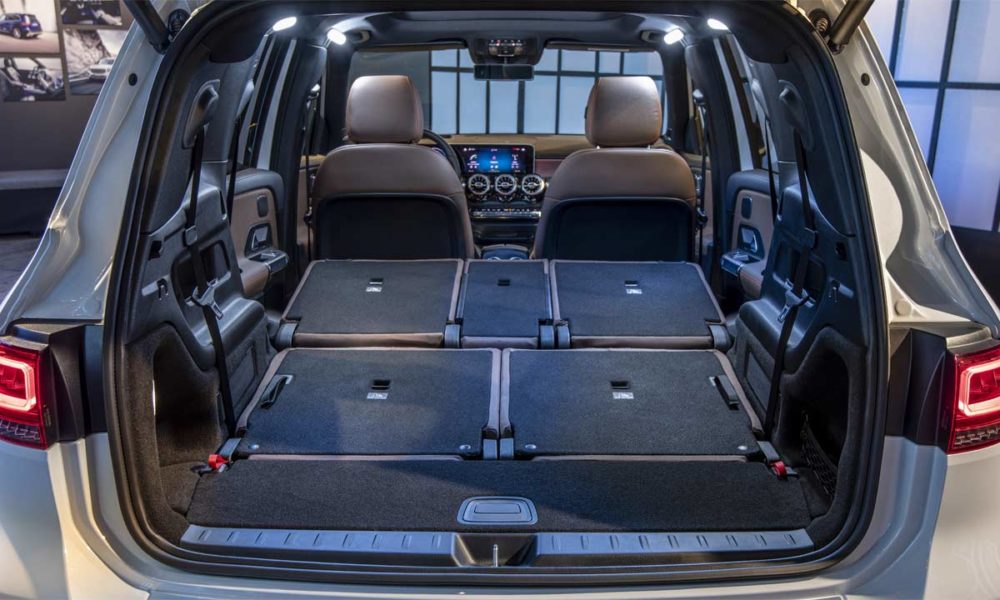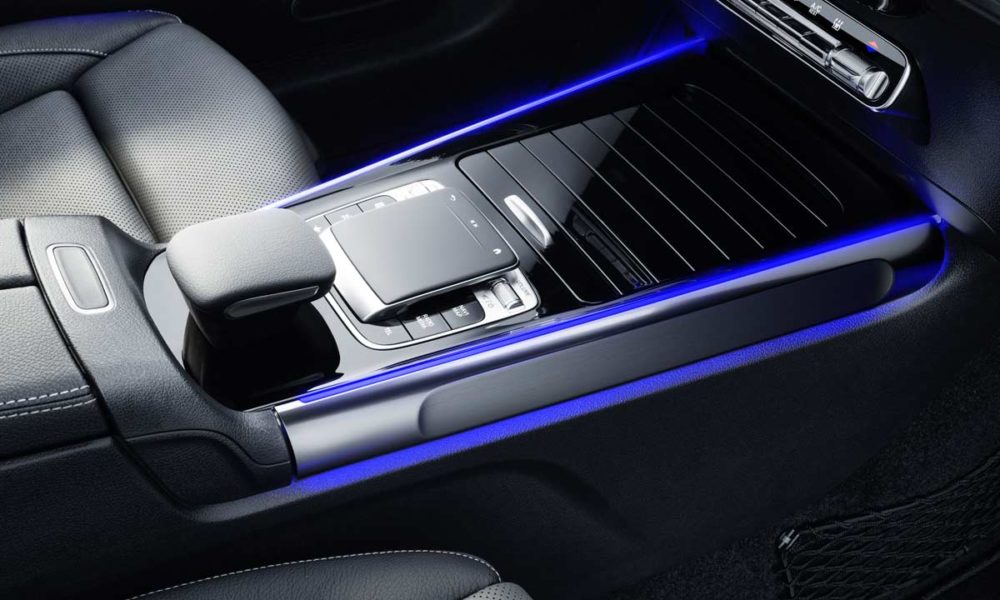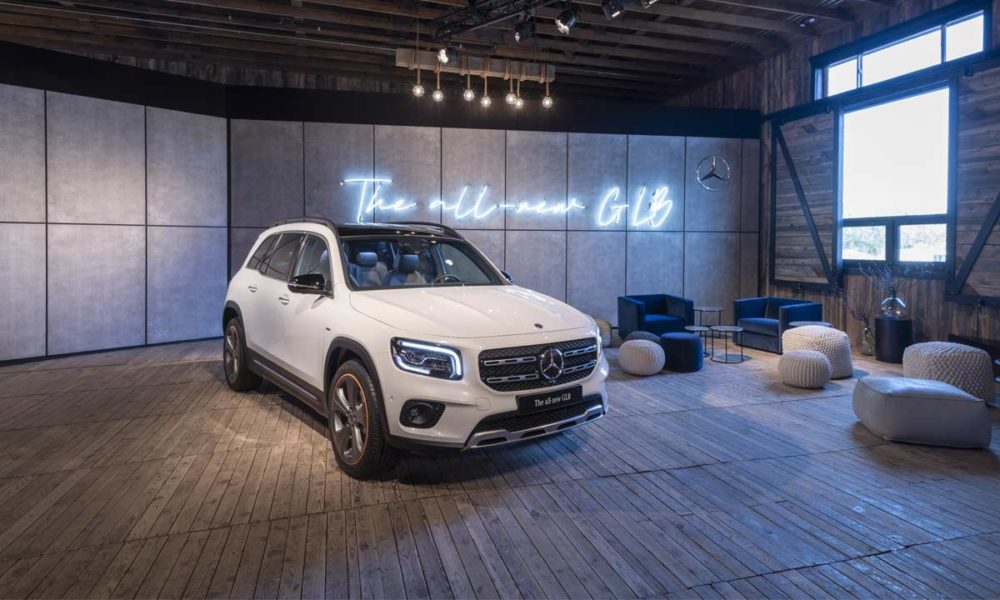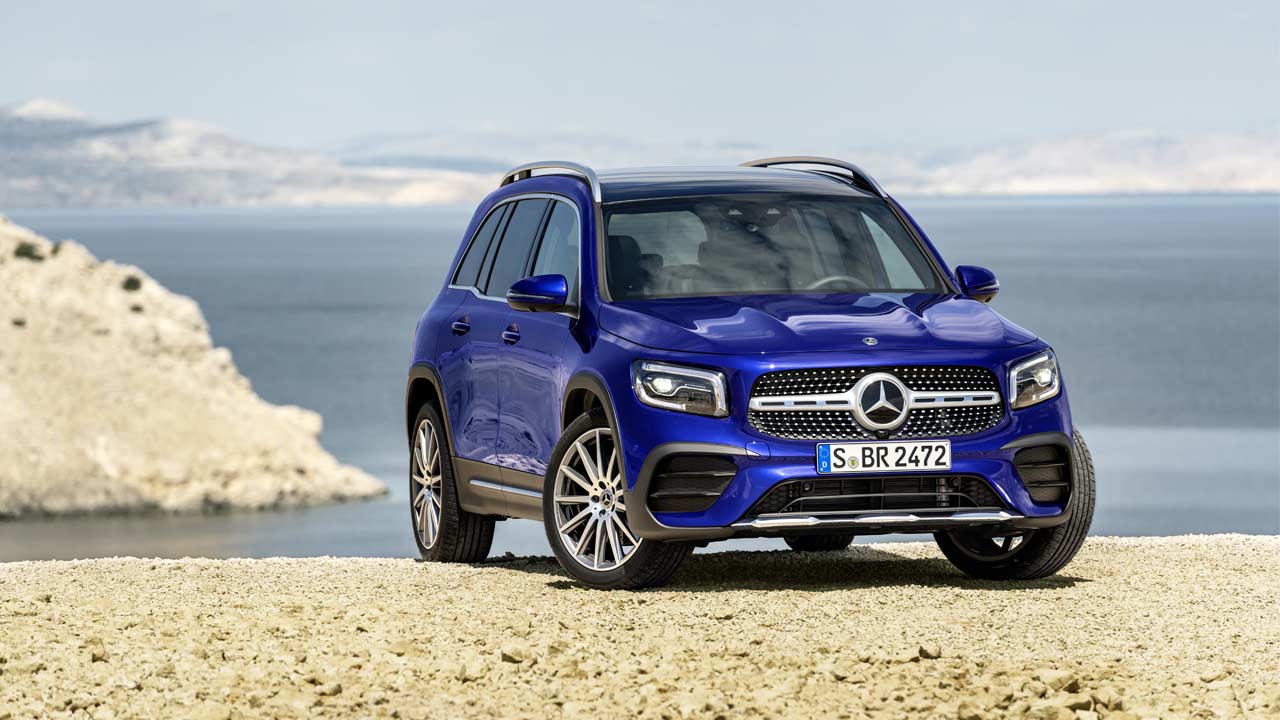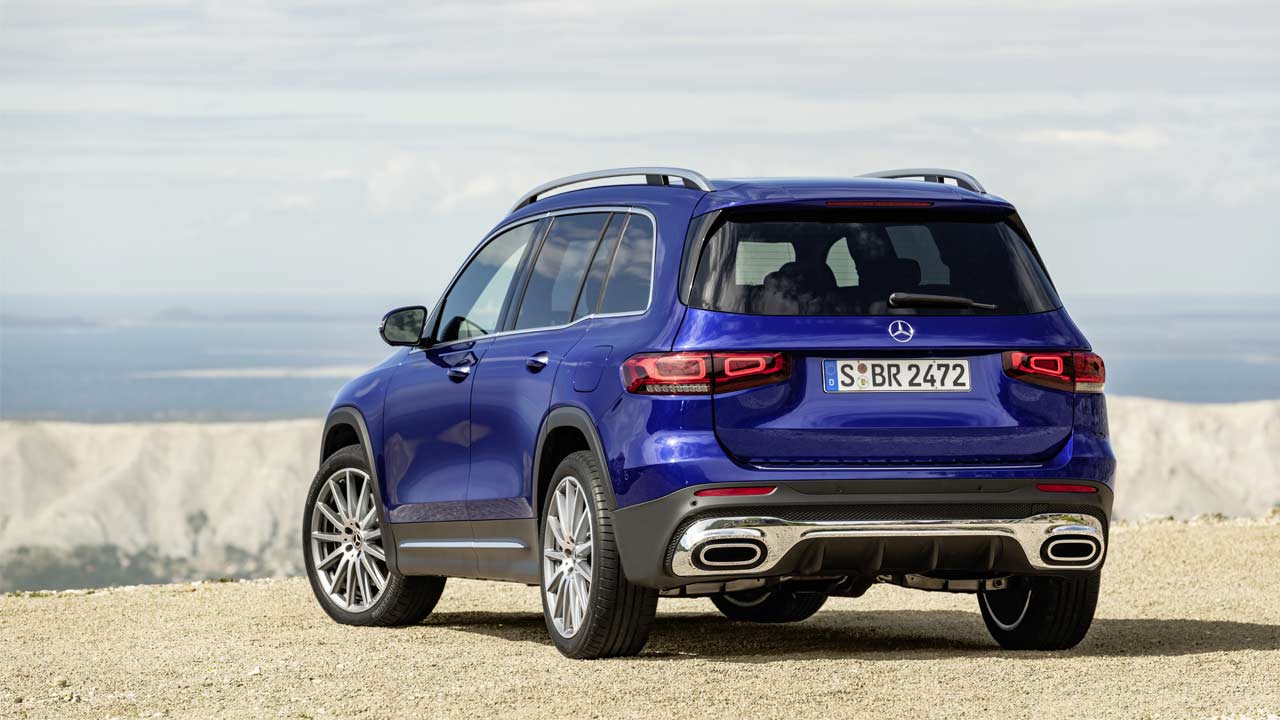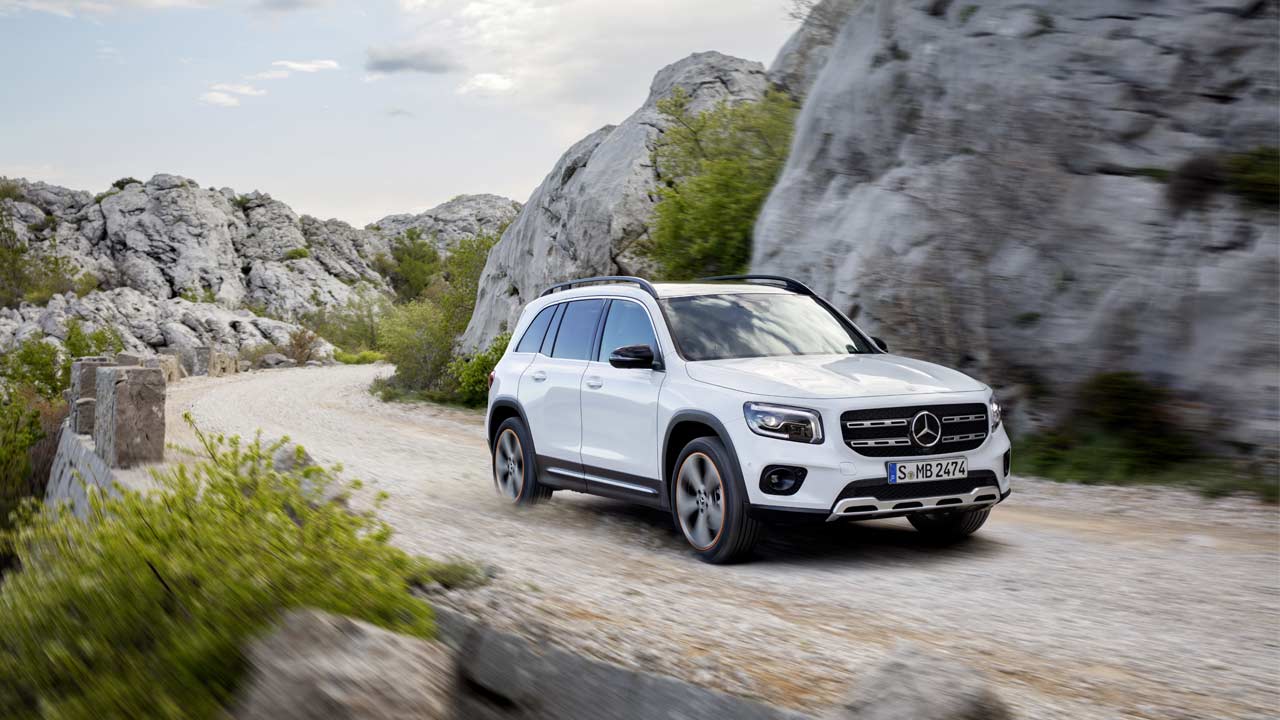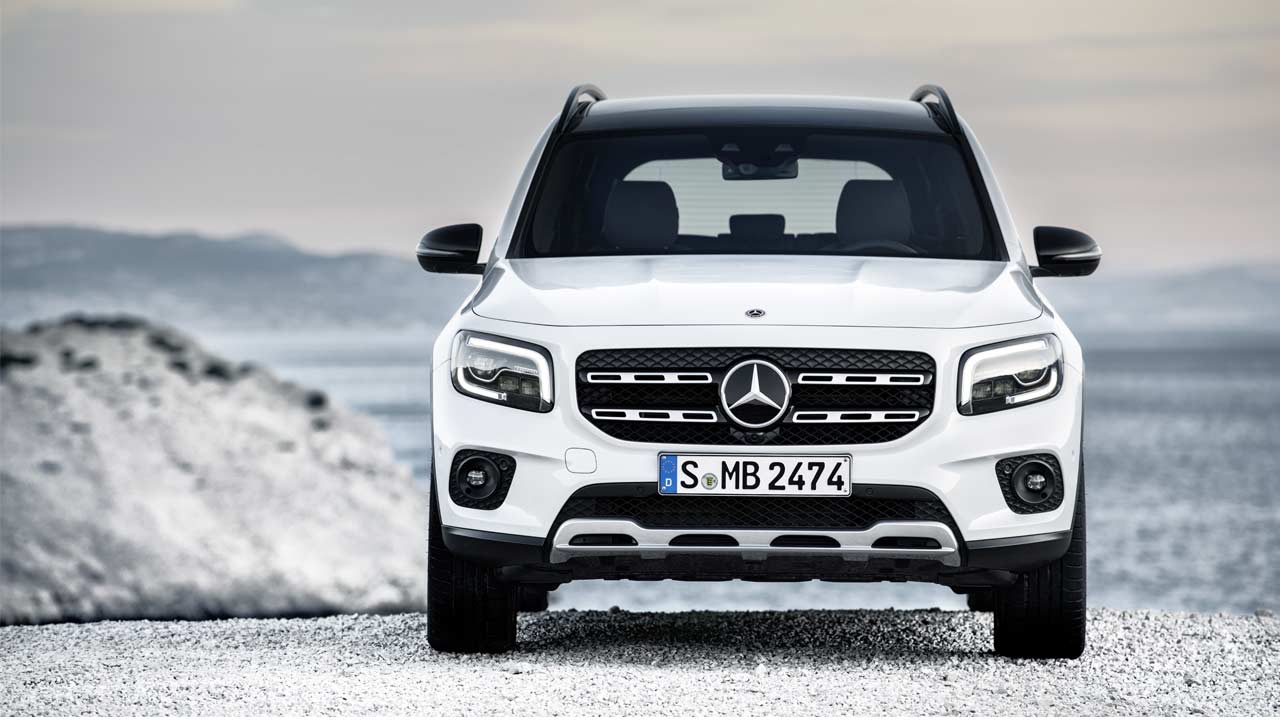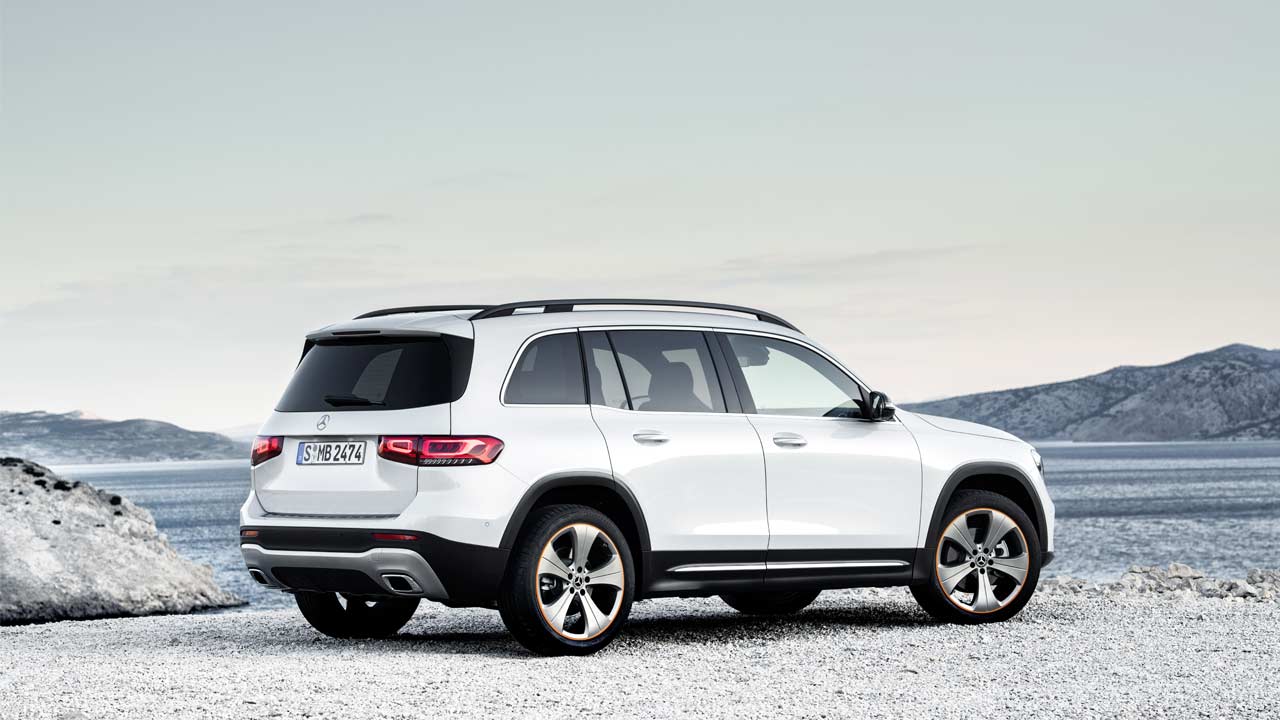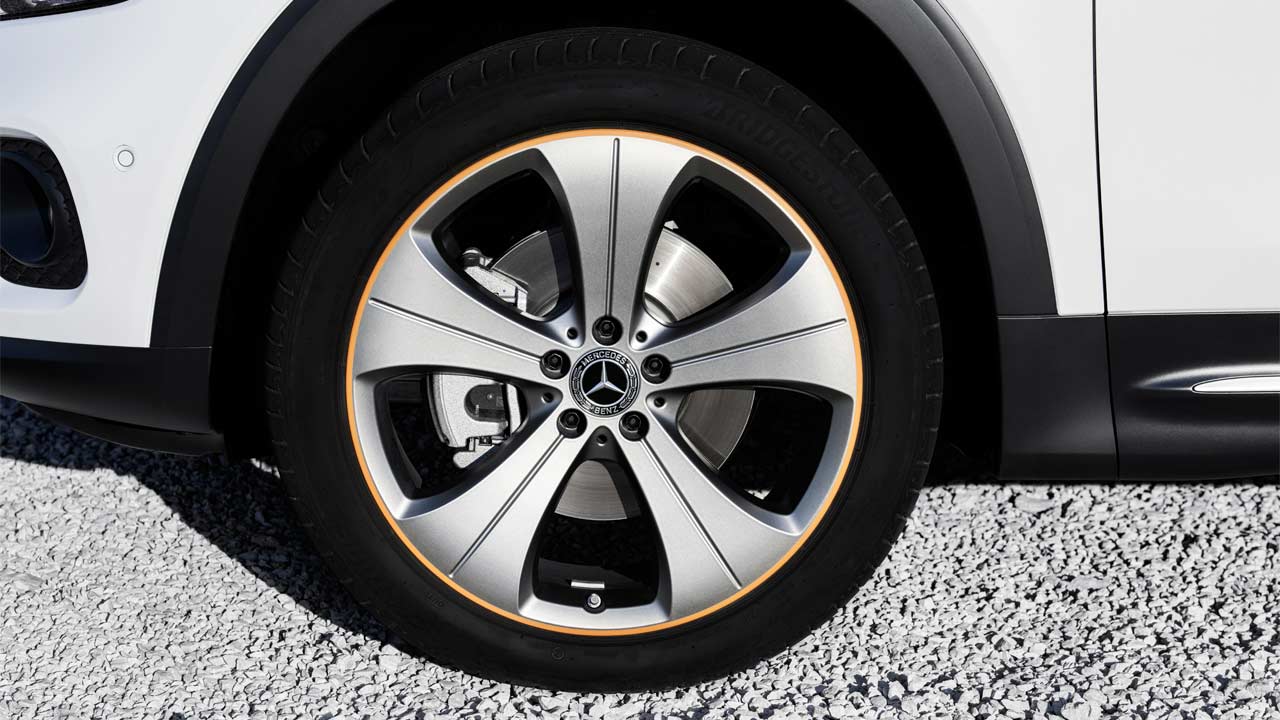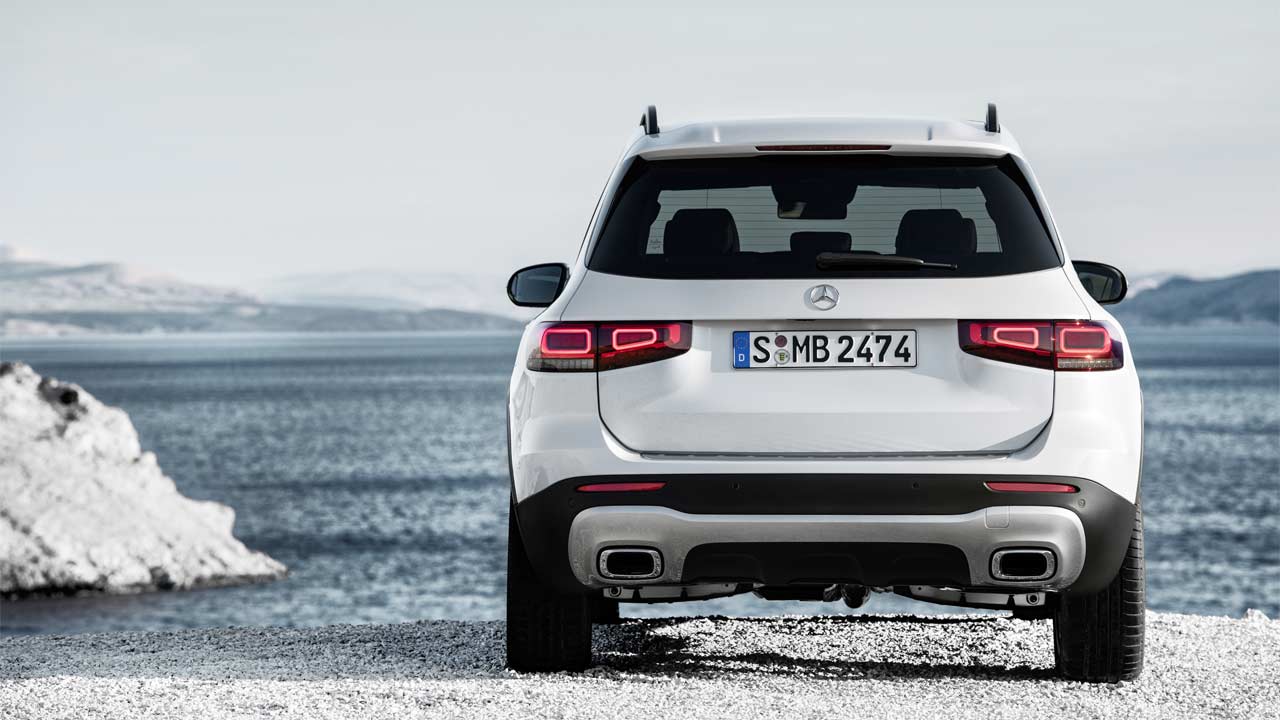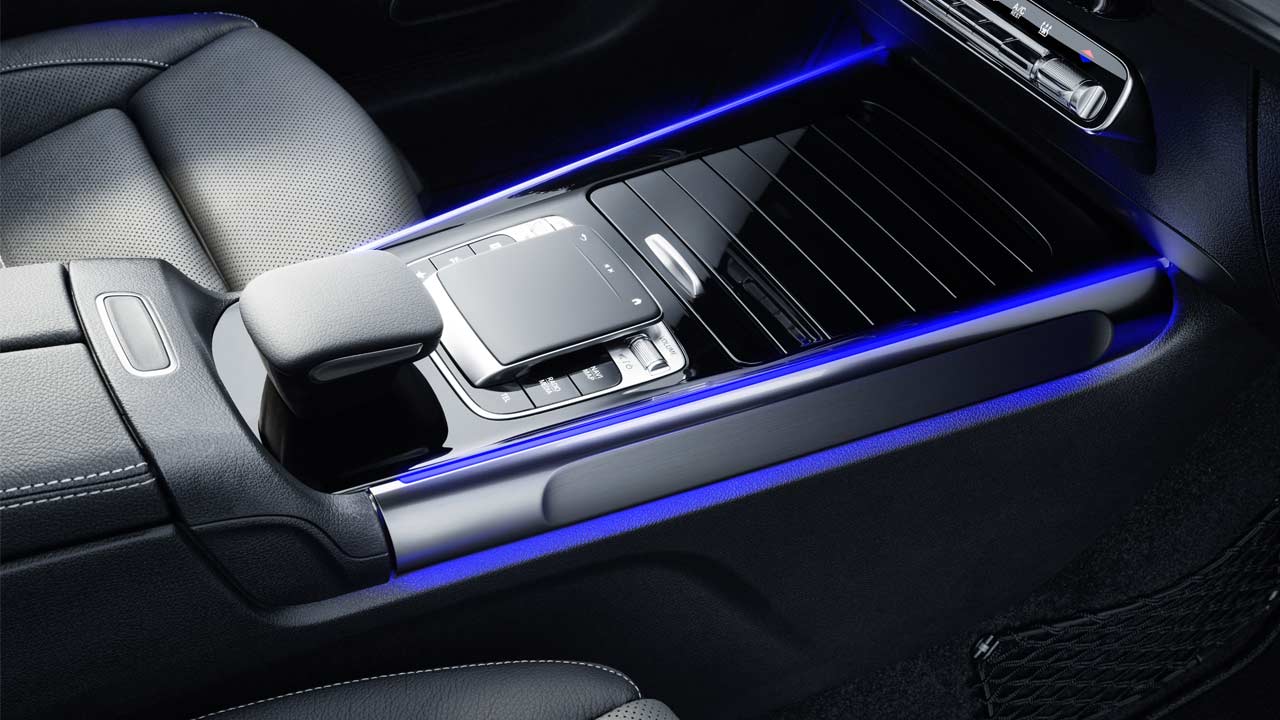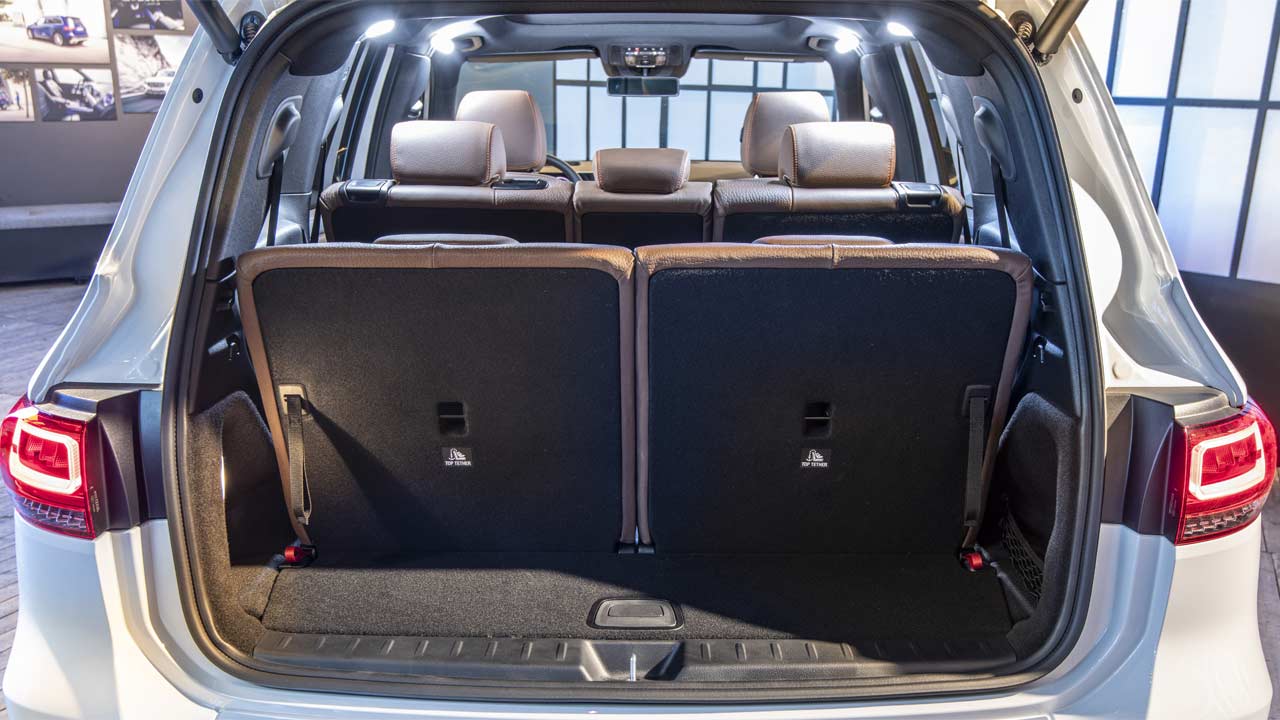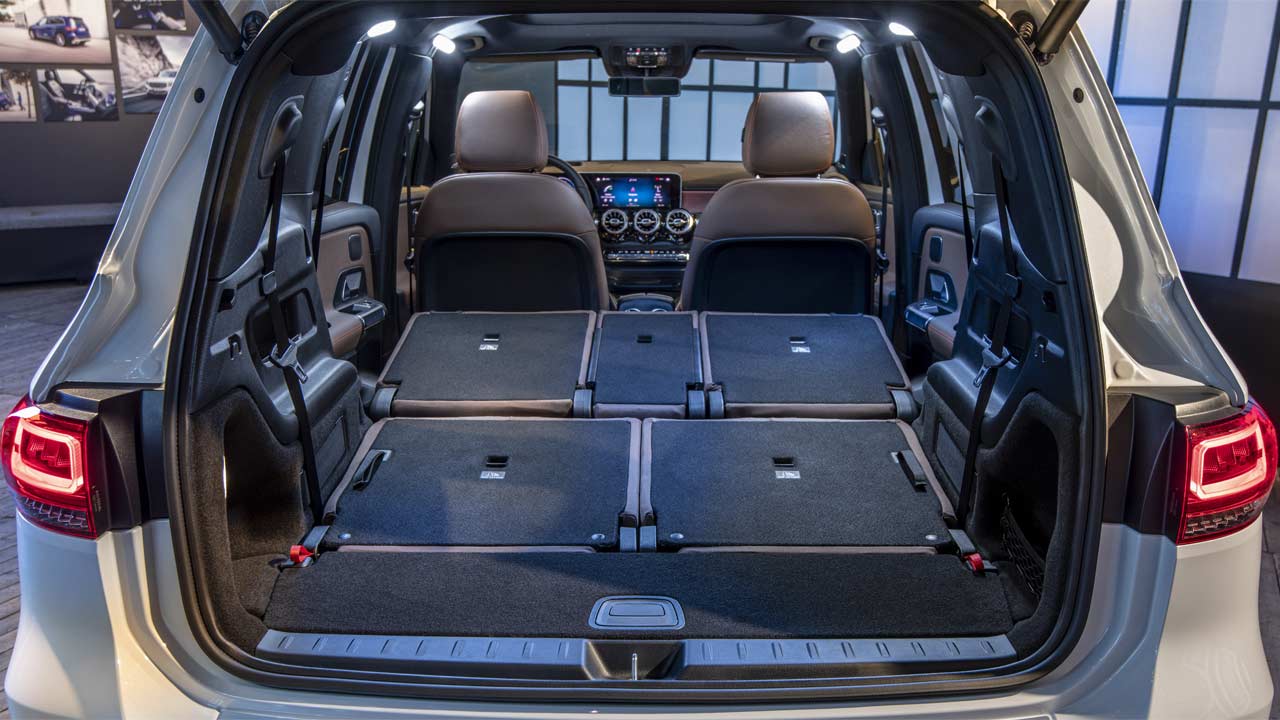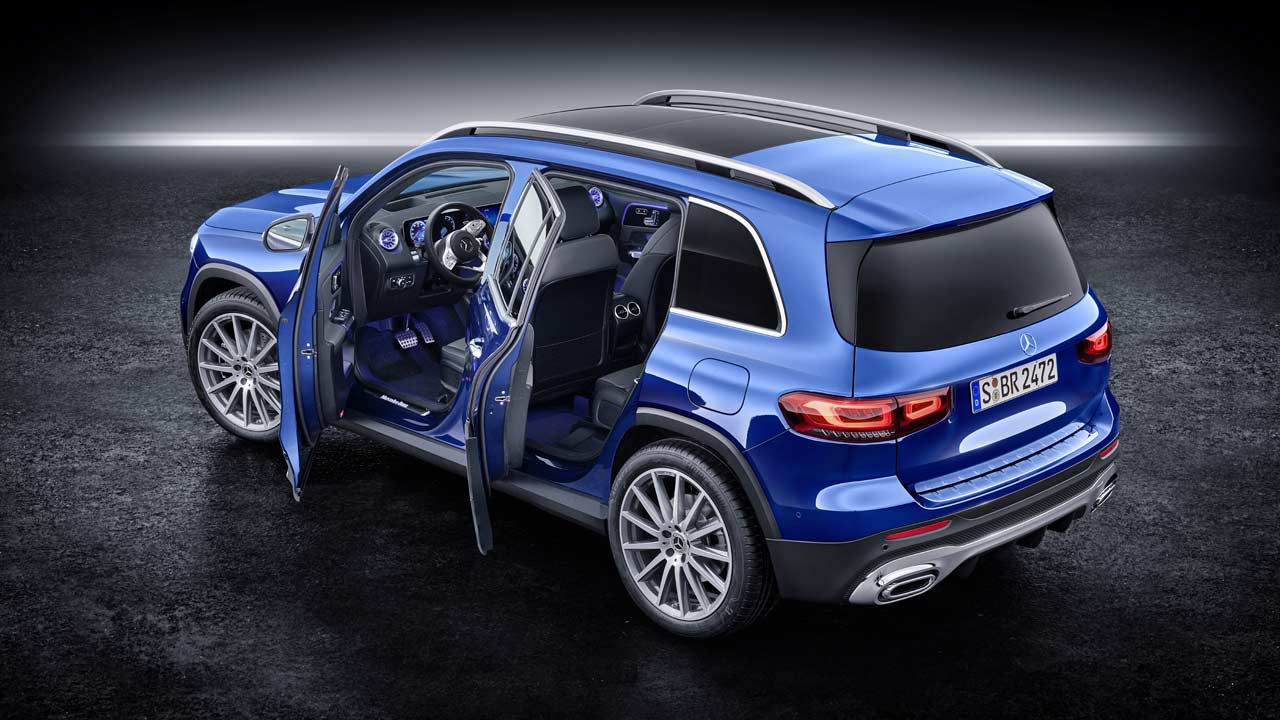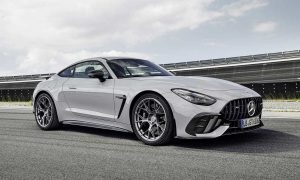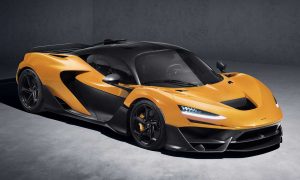In less than two months after we saw the Mercedes-Benz GLB concept, the production version of the first-ever GLB is here to bridge the gap between the GLA and GLC.
Besides some obvious changes, the production GLB looks more or less the same as the concept. The roof LEDs and roof box have been let go, and so is the front chrome underguard with integral air inlets. Buyers can opt for LED High-Performance headlamps or Multibeam LED headlamps and LED front fog lamps as well. The 4Matic models include the Off-Road Engineering Package, which in combination with Multibeam LED headlamps, offer a special off-road light function – the cornering light is continuously switched on up to a speed of 50 km/h (31 mph).
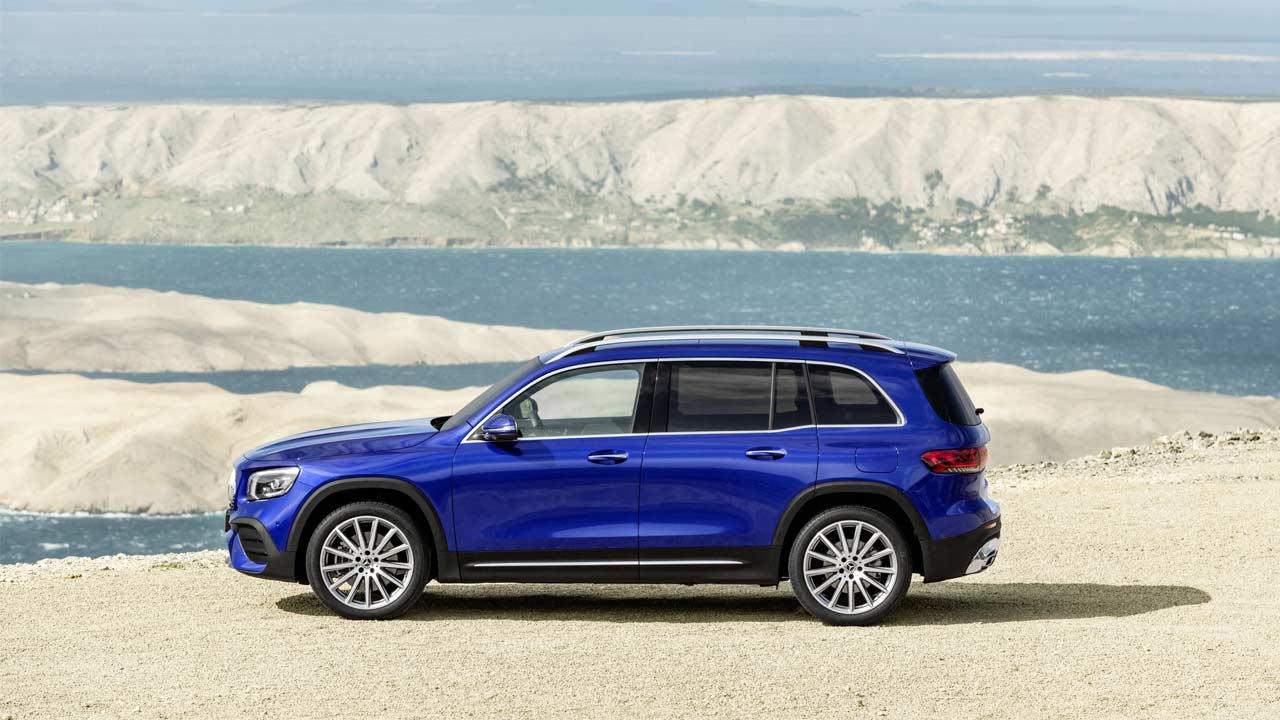
If you’re interested in the dimensions, the new GLB measures 4,634 mm in length, 1,834 mm in width and 1,658 mm in height. At 2,829 mm, the GLB’s wheelbase is 10 cm more than the new B-Class.
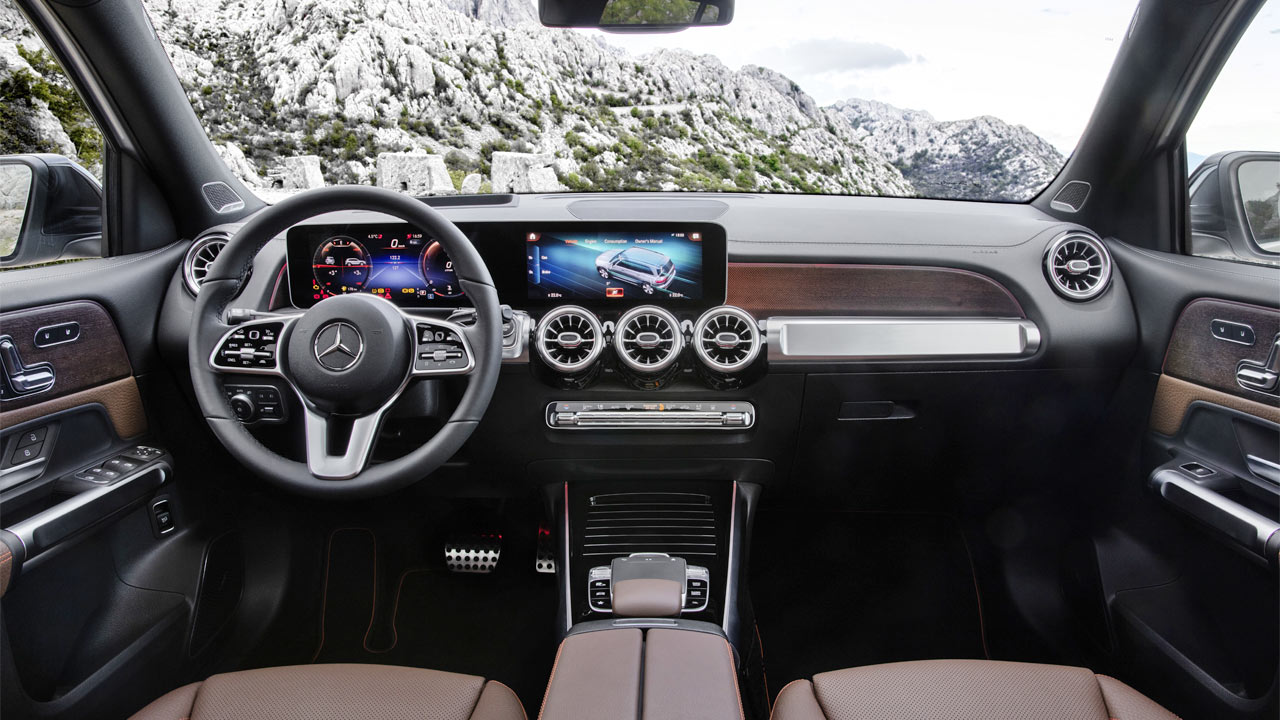
While the interiors look all the same with the widescreen MBUX system and turbine-like air vents, the usage of materials lend the GLB’s cabin a unique look. There are tubular elements in machined finish, and horizontal grab handles on the door panels to underline the SUV character. Options also include a full-color head-up display.
Other features include the capability to drive partially autonomously in certain situations, Active Steering Assist, Active Lange Change Assist, and comfort suspension. Buyers can go for Adaptive adjustable damping with which the driver can change between more comfort or sporty tuning via the Dynamic Select switch.
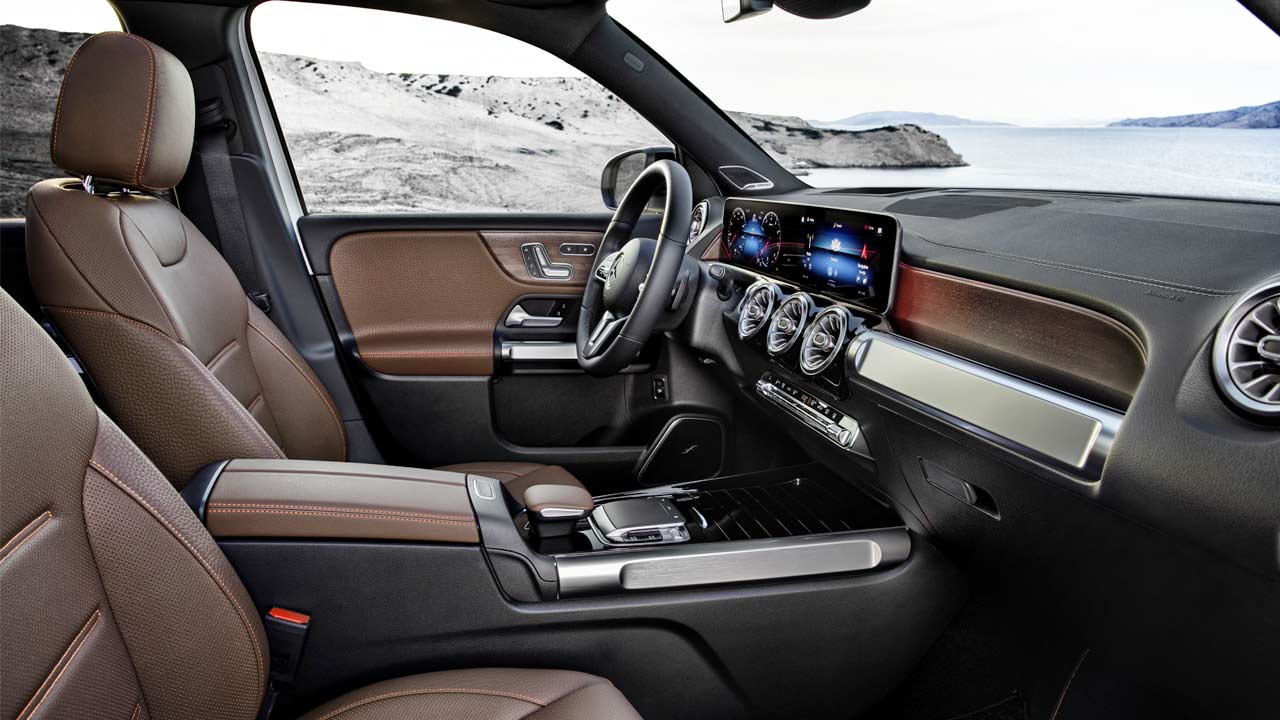
The 1,035 mm headroom in the first row is claimed to be the best in the segment. The 5-seater variant offers 967 mm of rear legroom. The second-row gets multi-stage seat backrest adjustment.
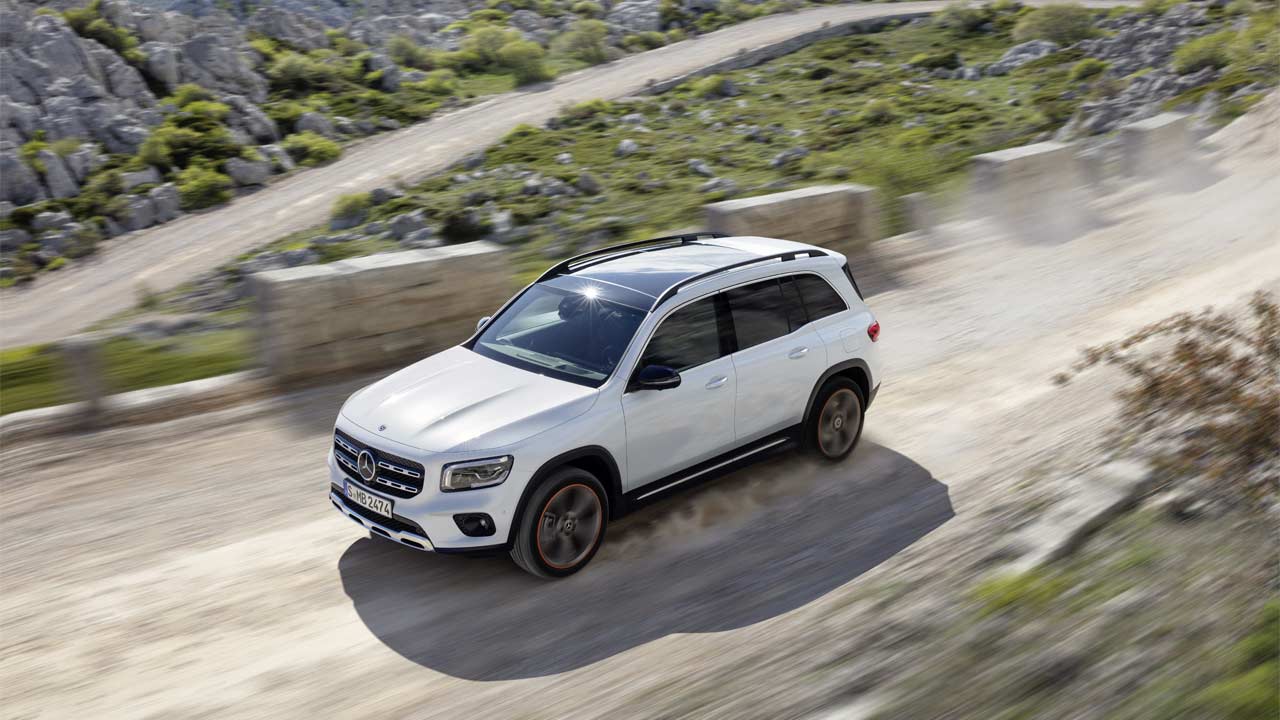
On request, the GLB can be equipped with 4Matic AWD system with fully-variable torque distribution. In Eco/Comfort modes, the distribution is 80:20 front:rear, while in Sport it is 70:30. In off-road mode, the all-wheel drive clutch acts as an inter-axle differential lock, with a balanced 50:50 distribution.
The Off-Road Engineering Package also gets an animation of the driving situation in the media display, with a realistic presentation of the gradient, inclination angle and technical settings. Another element of the package is a hill-start assistance system called Downhill Speed Regulation (DSR) which automatically adheres to a preselected, slow speed between approx. 2 and 18 km/h.
The third row is available on request with two additional individual seats. Mercedes claims that the seats offer people up to a height of 1.68 metres a comfortable amount of space. Safety equipment back there includes retractable head restraints, seat belts with belt tensioners, a side window airbag which also protects the third-row passengers, ISOFIX and TOP-Tether anchorages for child seats.
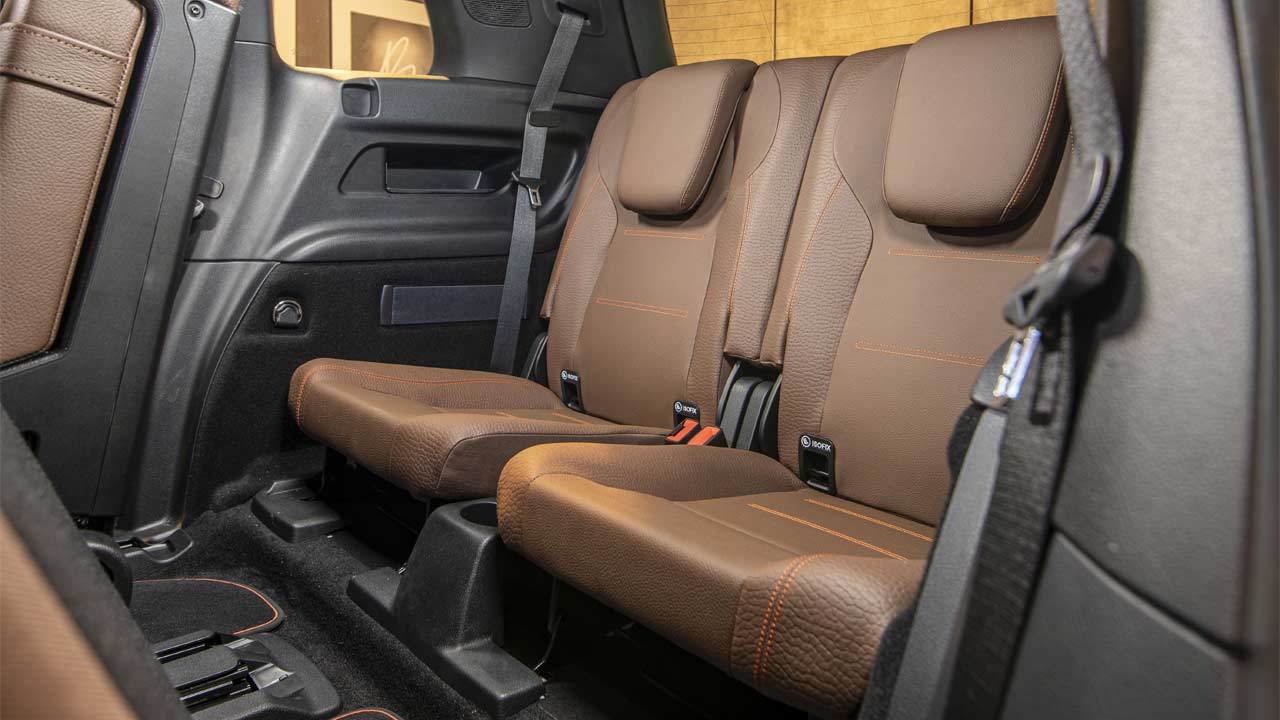
Powertrains
At launch, there’ll be GLB 200, GLB 250 4Matic, GLB 200 d, GLB 200 d 4Matic, and GLB 220 d 4Matic variants. The entry-level petrol is a 1.3-litre (1,332 cc) unit which offers 163 hp at 5,500 rpm and 250 Nm (184 lb-ft) of torque between 1,620-4,000 rpm, paired with a 7G-DCT. The powerful petrol engine is a 2.0-litre (1,991 cc) unit, offering 224 hp at 5,800 rpm and 350 Nm (258 lb-ft) of torque between 1,800-4,000, paired with 8G-DCT.
The diesel is a 2.0-litre (1,951 cc) engine that offers 190 hp at 3,800 rpm and 400 Nm (295 lb-ft) of torque between 1,600-2,400 rpm in the top-end 220 d tune. All diesel variants are paired with 8G-DCT automatic.
The petrol 250 4Matic is claimed to be the quickest and fastest with 0-100 km/h (62 mph) acceleration in 6.9 seconds and a top speed of 236 km/h (147 mph). Now, the only thing that remains to be seen is how fast the Affalterbach one is going to be.
Update: Mercedes-Benz GLB gets AMG treatment

Leave a Reply
Note: Comments that are unrelated to the post above get automatically filtered into the trash bin.
